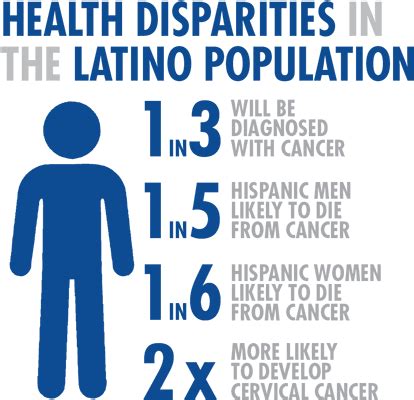
By Dr. Rhonda Randall
UnitedHealthcare
Amid National Hispanic Heritage Month, it’s an opportune time to recognize the unique health challenges Hispanics/Latinos face and work to address them.
Hispanics/Latinos represent one of the largest and fastest growing ethnic groups in the U.S.,1 so it is crucial to develop tailored strategies that account for cultural differences, language barriers and the diverse nature of this community.
It’s also important to note Hispanic/Latino people live longer on average (77.7 years) than White (76.4 years) and Black people (70.8 years)2, potentially due to several factors, including migration trends3 and strong social networks.4 Even so, Hispanic/Latino Americans tend to live sicker, including higher rates of certain chronic conditions.5

To help encourage the health of Hispanic/Latino people in Connecticut and individuals across the country, here are three strategies:
Improve access to preventive care. Due to various factors, Hispanic/Latino people are substantially less likely to access preventive screenings,6 including for cancer, high cholesterol and recommended vaccinations. Part of the issue is challenges navigating the health system and lack of access to health care coverage, given Hispanics/Latinos have among the highest uninsured rates (18%) of any ethnic group.7
During the fall’s open enrollment period for health benefits, Hispanic/Latino Americans can consider their options for health care coverage. For people with health insurance from their employer, open enrollment typically happens during a two- or three-week period between September and December. For those eligible for Medicare, the Medicare Annual Enrollment Period runs from Oct. 15 to Dec. 7 each year. For people shopping for individual plans on the Health Insurance Marketplace, open enrollment begins Nov. 1 and ends Jan. 15, 2025, in most states.
Address obesity and type 2 diabetes. More than 38 million Americans live with diabetes, while another nearly 98 million have prediabetes.8 The issue is even more prevalent among Hispanics/Latino adults, who are 60% more likely to be diagnosed with diabetes, with Hispanic/Latinos being 1.5 times more likely to die from the condition than non-Hispanic whites.9 Importantly, researchers also found that genetics may play a factor. Certain genes related to type 2 diabetes are more common in Hispanics/Latinos, as is a genetic predisposition to insulin resistance.10
Given that, it is important people maintain an active lifestyle11 and get at least 150 minutes a week of moderate-intensity activity, such as daily 20-minute brisk walks, and at least two days a week of muscle-strengthening activities. When it comes to nutrition, aim to primarily eat nutrient-dense whole foods, including lean proteins such as chicken, fish and turkey. Consuming fiber-rich vegetables such as broccoli, green beans and carrots, along with a balanced portion of carbohydrates like brown rice, pasta or sweet potatoes, may also enhance overall well-being.
For additional support, some programs through health plans or employers use personalized coaching and wearable technology, such as continuous glucose monitors, to help people with type 2 diabetes more effectively manage their condition or even work toward remission.
Make mental health a priority. According to a 2023 report, 20.6% of Hispanics/Latino adults had a mental illness while only 47.4% received mental health treatment compared to 58.7% of White adults.12 This disparity may be explained by many factors, including stigma about receiving treatment in the first place, a lack of bilingual providers, and other cultural barriers.
To help overcome that, Hispanics/Latinos can tap into resources that may be available in their community or through their health plan, including assistance with finding a quality mental health care provider, understanding what’s covered and virtual care or coaching options.
As we celebrate National Hispanic Heritage Month, considering these steps can help promote the well-being of Hispanic/Latino Americans while working to address health disparities that can affect health outcomes and diminish quality of life.